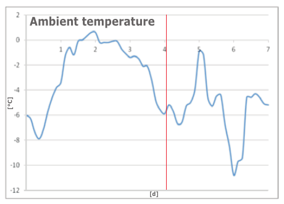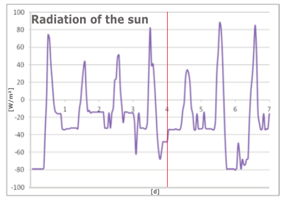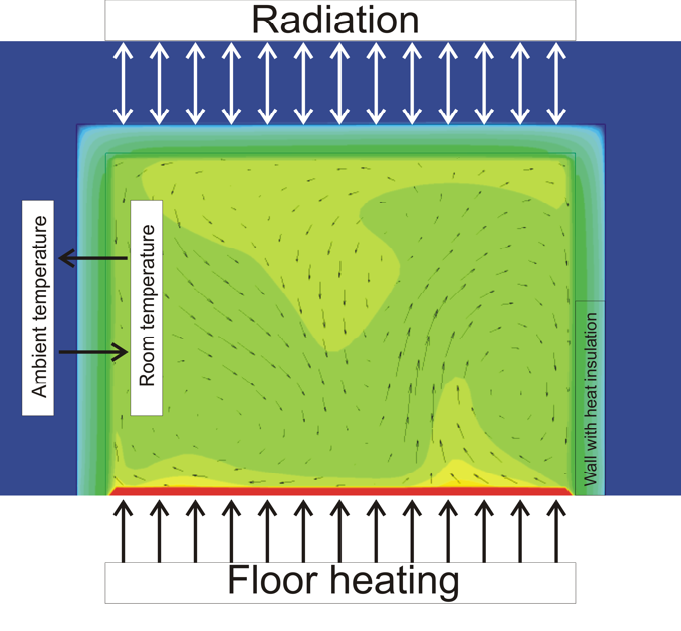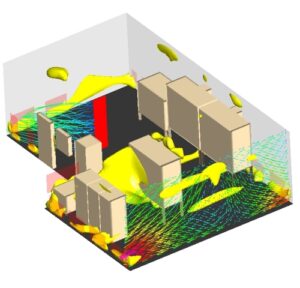The fact is that heat stress will increase significantly in the first half of the 21st century. Nowadays, there is no way around a building climate design, even in the planning phase of new buildings and reconstructions. Advantage: A building with good thermal insulation and sufficient thermal inertia offers good conditions for being supplied with various renewable energy sources.
A building wall should maintain a comfortable temperature in the interior as constantly as possible, while condensation of the water stored in the air should be avoided. This should be guaranteed for all conditions in the life cycle of a building in order to provide a continuous indoor climate adapted to individual requirements.
With the help of CFD, it is possible to analyse such complex problems using a concrete spatial model. The object under consideration can also be examined under the influence of real or predicted weather situations over time scales of days, weeks or months “at the push of a button”.
In this way, three-dimensional models of buildings can already be used in the planning phase to create a basic spatial concept for the heating and ventilation technology of modern new buildings as well as a basis for evaluating an architectural concept from a fluid mechanical and thermodynamic point of view.





